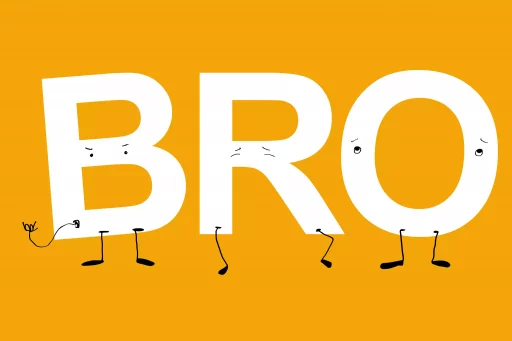Introduction
Persuasive text is a type of writing that is intended to convince the reader of a particular point of view or to take a specific action. This form of writing is often used in advertising, marketing, debate, and sales pitches. The goal of persuasive text is to persuade the audience to agree with the writer’s viewpoint or to do something by appealing to their emotions, logic, or ethics.
Elements of Persuasive Text
There are several key elements that make a text persuasive. These include:
- Clear Thesis: A strong persuasive text starts with a clear thesis statement that clearly states the writer’s position.
- Evidence: Persuasive texts rely on evidence such as facts, statistics, expert opinions, and anecdotes to support the writer’s argument.
- Emotional Appeal: Effective persuasive texts appeal to the reader’s emotions by using powerful language, imagery, and storytelling.
- Logical Appeal: Persuasive texts also use logic and reason to persuade the reader. They present a strong argument with sound reasoning and valid evidence.
- Call to Action: A persuasive text often ends with a call to action, urging the reader to take a specific step or change their behavior.
Examples of Persuasive Text
One famous example of persuasive text is Martin Luther King Jr.’s “I Have a Dream” speech. In this speech, King uses powerful language and imagery to appeal to the audience’s emotions and call for civil rights and equality. Another example is Apple’s marketing campaign for the iPhone, which uses sleek design, innovative features, and celebrity endorsements to persuade consumers to purchase their products.
Case Studies
In a study conducted by Nielsen, it was found that 83% of consumers trust recommendations from friends and family, making word-of-mouth marketing one of the most persuasive forms of advertising. Another study by Harvard Business Review found that emotional advertising campaigns are twice as effective as rational campaigns in driving sales.
Statistics
According to a survey by Content Marketing Institute, 63% of marketers say that generating traffic and leads is their top challenge. However, persuasive text can help overcome this challenge by engaging the audience and persuading them to take action.
Conclusion
In conclusion, persuasive text plays a vital role in influencing people’s beliefs, attitudes, and behaviors. By using a combination of evidence, emotional appeal, logical reasoning, and a call to action, persuasive text can be a powerful tool in marketing, advertising, advocacy, and communication. Understanding the elements and techniques of persuasive text can help writers create compelling and impactful messages that resonate with their audience.





